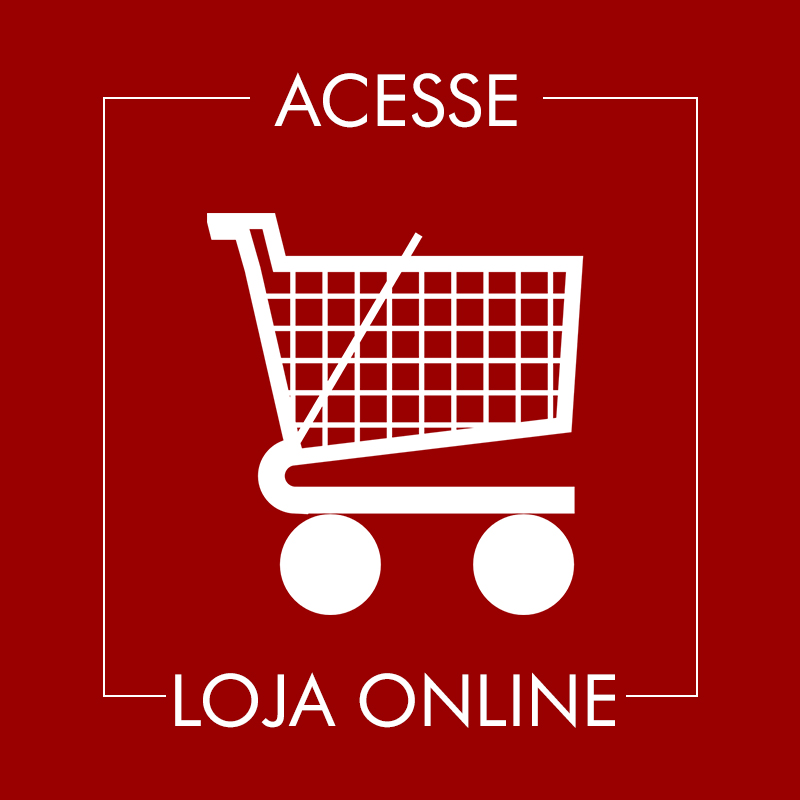
What is the microcapsulation technology?
The first records of application of microencapsulation attempts date back to the 30s, but the first product with encapsulated material only came in 1954 when the US company National Cash Register was the first to market a carbonless copy paper, consisting of a paper whose verse was coated layer of ink microcapsules which, when pressed, burst open, releasing the pigment.
Due to the advantages presented, the microencapsulation techniques have been employed in various sectors of industry such as the pharmaceutical industry, the food, the cosmetics and fragrances. In any of these sectors, the objectives of using microencapsulation are basically the same and can be summarized as follows:
- A substance protecting from external attacks that might degrade them;
- Increase its stability and hence performance;
- Permit the gradual and controlled release.
There are several methods of microencapsulate a substance, depending on the physical condition and characteristics of it.
(Fonte: Cosméticos & Perfumes - Vol. VI - nº 38 - 2005)
Olfactory Marketing
The olfactory marketing is widely used in Europe, Asia and the US, but for many in Brazil this concept is still new. The first to realize the full potential of this concept were the big brands, not just using the olfactory marketing to attract customers to the point of sale, but also as a way of adding value to the brand, build customer loyalty, create an atmosphere olfactory together with the architecture etc. Another strategy being much addressed by companies is creating an olfactory logo, as well as a logo.
This space in business strategies has only been achieved because companies have realized that communication through the sense most used by man, vision, needed something to complete and could smell perfectly fill that space.
In Brazil, the segment that is most identified with olfactory marketing has been the retailer, be it in the food industry, fashion, electronics, etc. In addition, many companies, doctors, offices, offices already use olfactory marketing in their business.
Its main tool is the flavoring environments, which is done through electronic devices or air conditioning, which are installed in shops, offices, etc. Because they are many discrete customers end up thinking that that smell is natural store.
Also new is the flavoring printed in magazine ads, business cards, brochures, etc. This makes the scent of the company go to the customers home, and make a greater impact in advertising campaigns.
Today in the market, just Croma provides a complete consultancy in terms of olfactory marketing, from flavor to the development of the olfactory logo. However it is natural to find in the market other companies that sell or rent devices that aromatize the environment, but remember that the olfactory marketing only reaches the goal when you have a plan from how the customer will feel the fragrance, be it in the air, or printed, to the choice and the development of a fragrance that has the profile of the brand and its target audience. If the company that is providing this service does not have this know-how, the customer will pay for a service (olfactory marketing) but will actually put in your company just a "smell" in this case would be better flavor the place with incense or scented candles, as the companys objective will not be achieved, but at least the cost will be lower.








